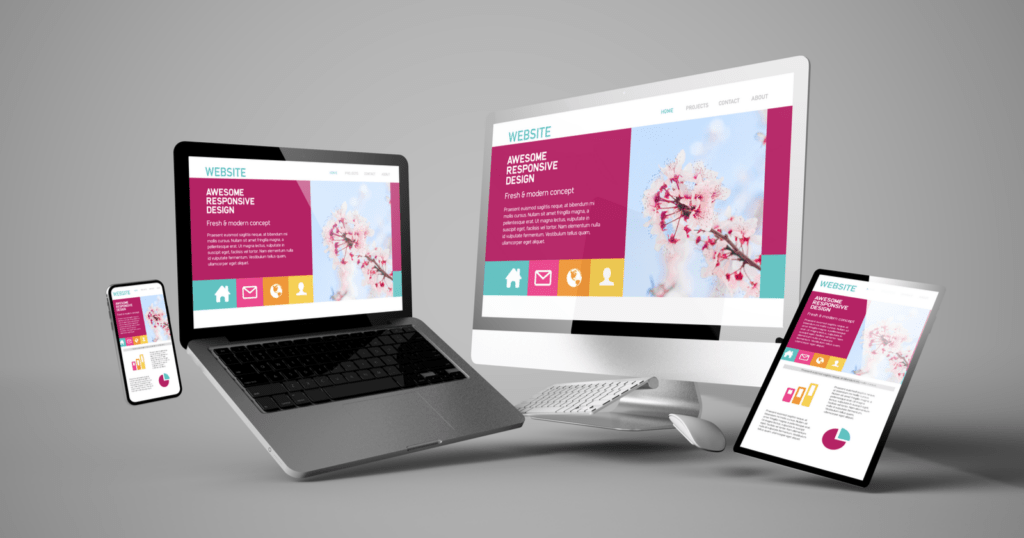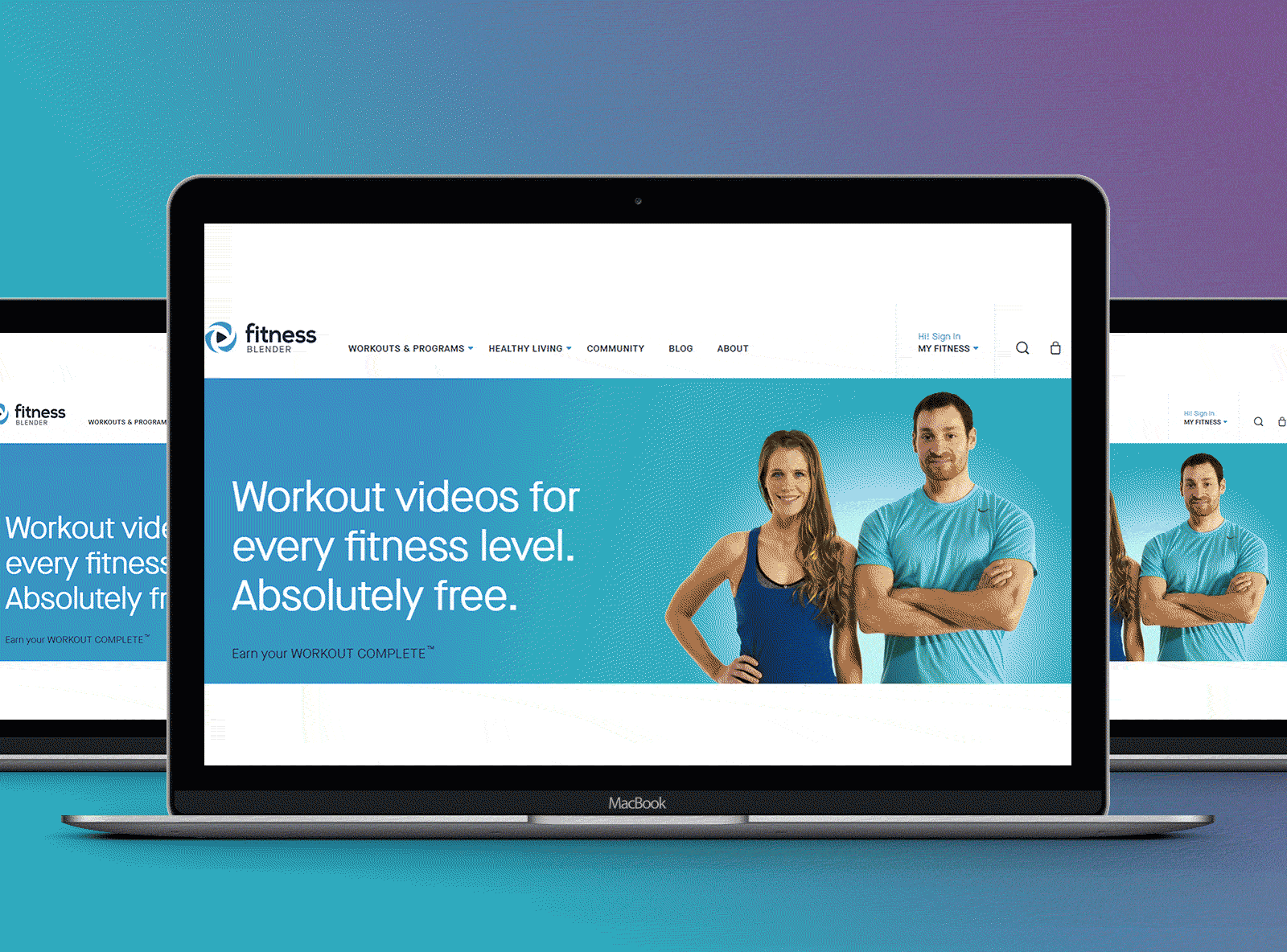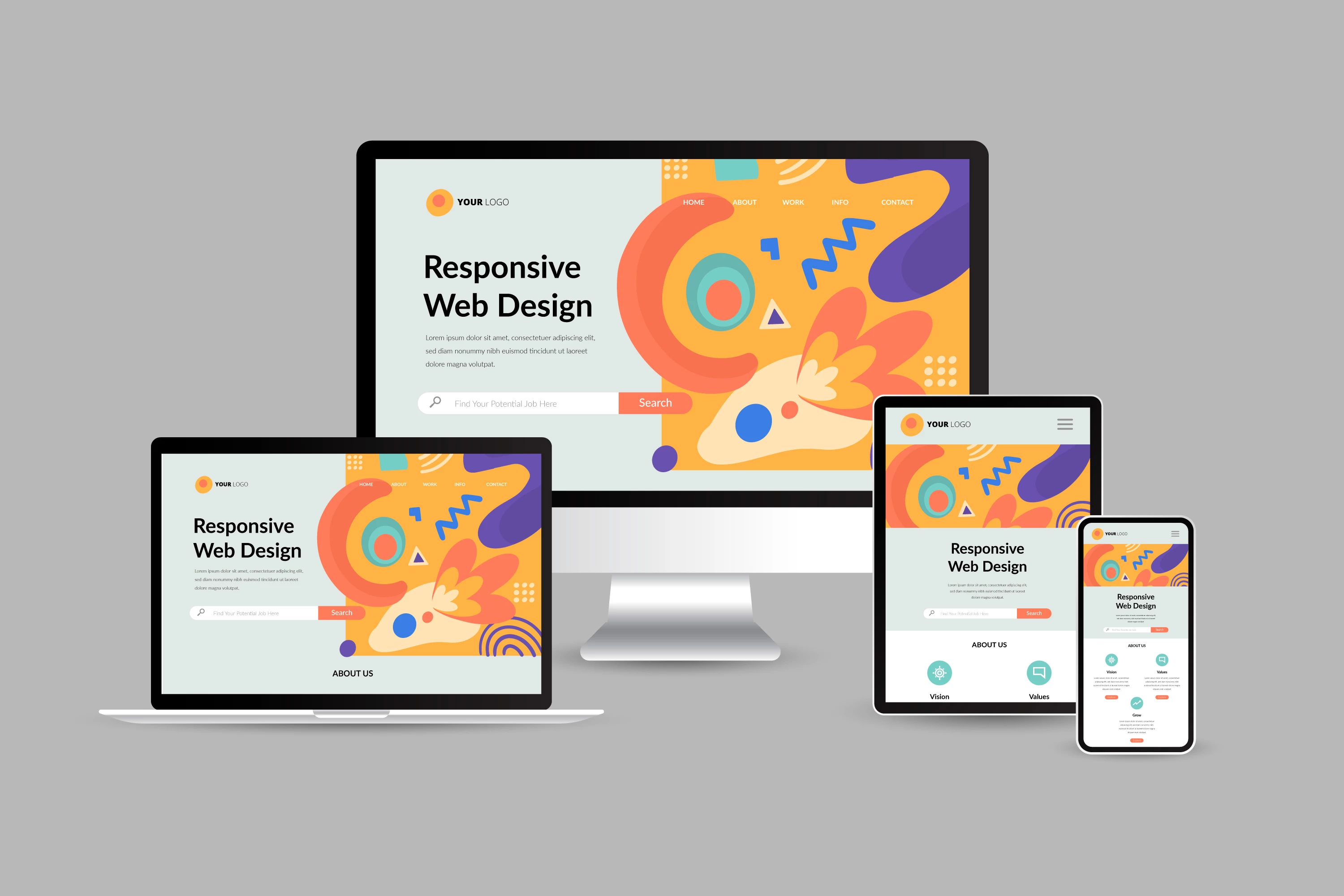The Role of Shade Theory in Effective Website Design
Wiki Article
The Power of User-Centered Site Design in Growing Your Online Audience
In a progressively affordable digital landscape, the significance of user-centered website layout can not be overstated. By concentrating on the requirements and actions of customers, companies can develop websites that not just attract however additionally involve a diverse audience. Reliable design principles-- such as instinctive navigation and access-- are essential in fostering customer contentment and loyalty. Nonetheless, recognizing exactly how to leverage these concepts properly raises crucial inquiries about application and influence. What methods can companies take on to guarantee their designs resonate with individuals and ultimately drive growth?
Comprehending User-Centered Design
User-Centered Layout (UCD) is an essential approach to web site development that focuses on the demands, choices, and actions of end customers throughout the design process. This methodology stresses recognizing users deeply-- through research study approaches such as interviews, studies, and use testing-- to create an internet site that reverberates with them. By integrating individual feedback at every phase, designers can ensure that the final item aligns closely with customer expectations.UCD advertises iterative style, where prototypes are examined and refined based upon customer interactions and experiences. This cycle not just improves use but additionally fosters a sense of possession amongst individuals, as they feel their input is valued and impactful. Furthermore, UCD aids identify prospective barriers and pain points in the individual trip, permitting developers to address these challenges proactively.
Inevitably, welcoming UCD leads to websites that are extra intuitive, appealing, and effective. By placing users at the center of the style process, companies can create digital experiences that not only draw in but likewise retain their target market, driving better fulfillment and loyalty. In an affordable on-line landscape, this strategy is essential for achieving sustained success.
Key Principles of User Experience
A successful customer experience (UX) depends upon several key concepts that guide the layout procedure and improve communication between users and the web site. Functionality is paramount; the website must be intuitive, permitting users to browse quickly and discover info rapidly. This consists of clear labeling and a sensible framework that reduces cognitive tons.Second of all, availability plays a vital duty in ensuring that all users, no matter their capabilities or handicaps, can efficiently involve with the site. Incorporating alt text for photos, keyboard navigation, and screen reader compatibility promotes inclusivity.
Uniformity is one more necessary concept. A natural style language, from color pattern to typography, aids users build familiarity and trust fund with the website (Website Design). It additionally enhances brand name identity
Furthermore, feedback devices are essential. Individuals must get prompt and clear reactions to their activities, whether via aesthetic signs or verification messages, which improves their confidence in browsing the website.
Last but not least, mobile responsiveness can not be ignored. With an enhancing variety of customers accessing web sites through mobile phones, a style that adapts seamlessly to various display dimensions is crucial for keeping a favorable customer experience.

Benefits for Online Engagement
Efficient online engagement uses numerous benefits that can dramatically enhance a web site's overall efficiency - Website Design. By cultivating significant communications in between customers and the website, organizations can grow a faithful target market that returns with consistency. Engaged customers are much more likely to share content, thereby enhancing natural reach and bring in brand-new visitors with word-of-mouth promotion
Boosted online involvement additionally leads to enhanced individual satisfaction. When individuals find a web site that resonates with their needs, they are extra inclined to discover its offerings extensively, which can result in greater conversion rates. In addition, engaging content urges individuals to invest even more time on the website, reducing bounce prices and positively affecting search engine ranking algorithms.
Furthermore, reliable interaction provides vital insights into user preferences and behaviors (Website Design). By he has a good point evaluating individual interactions, companies can customize their web content and style techniques to satisfy the progressing expectations of their audience. This flexible strategy not only improves interaction yet likewise strengthens the brand's track record as user-centric and receptive
Inevitably, prioritizing on the internet interaction via user-centered design creates a growing ecosystem where both the target market and the organization benefit, leading to sustained growth and success in the digital landscape.

Techniques for Effective Layout
To make the most of the advantages of online engagement, employing certain strategies in website style is vital. User-friendly navigating is vital; customers must conveniently locate details without confusion. A well-structured food selection, clear labels, and a sensible hierarchy enhance the customer experience and reduce bounce rates.Second, receptive layout is essential in today's multi-device environment. Ensuring that a web site adjusts perfectly to numerous screen dimensions fosters availability, thereby accommodating a wider target market. This flexibility not just improves customer complete satisfaction but likewise favorably influences online search engine positions.
Third, the usage of aesthetic hierarchy overviews individuals' focus to important components, such as contact us to activity (CTAs) Utilizing contrasting shades, varying font sizes, and strategic spacing can efficiently route individuals toward desired activities, assisting in better interaction.
Additionally, implementing consistent branding throughout all pages constructs trust and recognition. A natural color imagery, scheme, and typography reinforce brand name identification and create a specialist appearance.
Lastly, maximizing loading rates is crucial. Customers are much less likely to engage with a slow-loading site, making performance optimization an essential aspect of efficient layout. By incorporating these strategies, site makers can boost customer experience and inevitably expand their on-line audience.
Real-World Success Stories
Success tales in user-centered website layout highlight the concrete benefits of focusing on user experience. One noteworthy instance is the redesign of the web site for the not-for-profit company, Charity: Water. By incorporating user comments, the company structured navigation and emphasized storytelling with impactful visuals. Because of this, they experienced a 250% boost in on-line donations, showing just how an instinctive design can drive customer interaction and assistance.One more engaging situation is that of Airbnb, which made use of user-centered layout principles to boost their booking process. By streamlining the user journey and incorporating personalized suggestions, they substantially decreased website abandonment rates. This concentrate on user experience added to an earnings development of over 70% in a solitary year, highlighting the connection between well-designed interfaces and financial success.
Moreover, the ecommerce titan, ASOS, carried out user screening to refine their mobile app. see this website By dealing with individual pain factors, they accomplished an exceptional 30% increase in mobile sales. These examples highlight that buying user-centered design not just enhances customer fulfillment however additionally drives tangible company outcomes, enhancing the crucial role of individual experience in accomplishing online growth.
Verdict
By focusing on user requirements and choices, services can create user-friendly and available electronic experiences that foster loyalty and drive conversions. The integration of user feedback throughout the layout process not only minimizes bounce prices yet also urges expedition.User-Centered Layout (UCD) is a basic technique to internet site development that focuses on the requirements, choices, and behaviors of end users throughout the design procedure. By including customer responses at every stage, designers can ensure that the last product aligns closely with individual assumptions.
An effective individual read here experience (UX) pivots on a number of key principles that lead the style process and improve communication in between users and the site.Success stories in user-centered site style show the substantial advantages of prioritizing user experience. These examples highlight that spending in user-centered style not only enhances customer satisfaction yet likewise drives concrete company results, enhancing the essential role of user experience in achieving online growth.
Report this wiki page